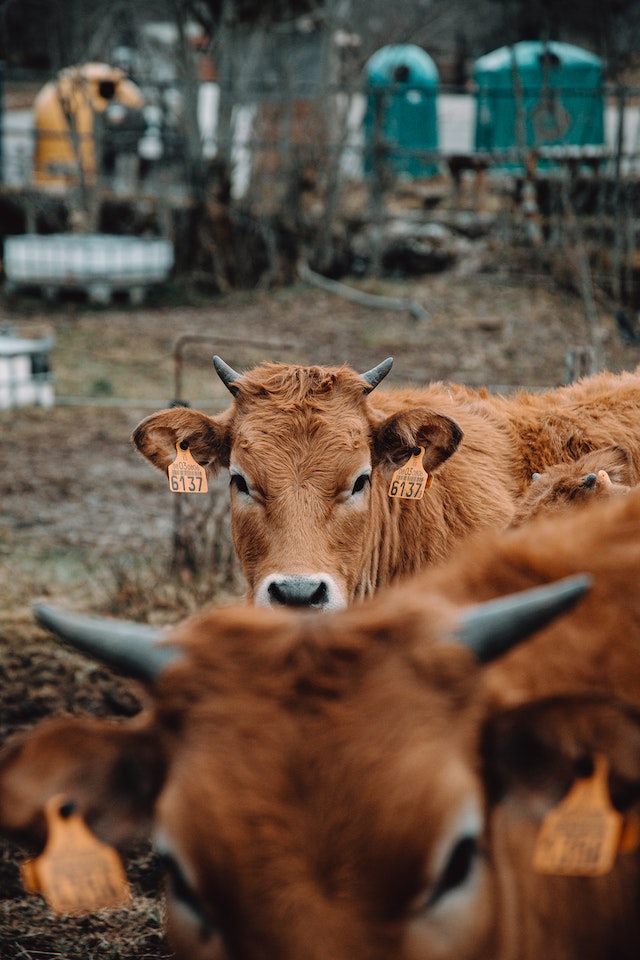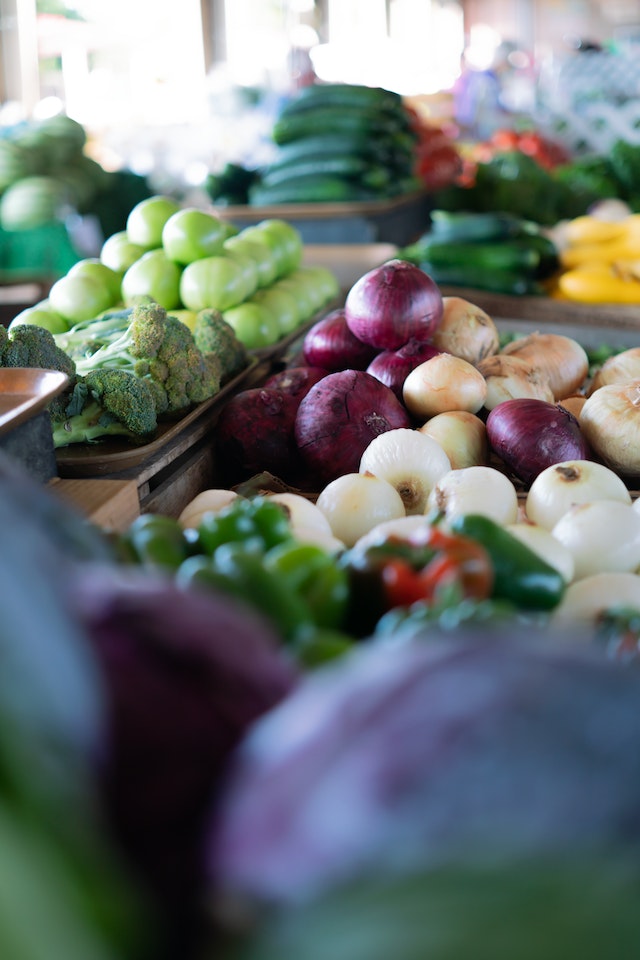The world is going through a meals disaster. In 2022, greater than 250 million folks in 58 international locations confronted acute meals insecurity, in line with a current report from the United Nations (UN). This was a major enhance from 2021 when 193 million folks in 53 international locations have been impacted. “Some are getting ready to hunger. That’s unconscionable,” António Guterres, the UN Secretary-Normal, mentioned earlier than calling for “basic, systemic change.”
There are just a few key drivers contributing to the state of affairs, notes the newest International Report on Meals Crises. Firstly, financial shocks from the pandemic and the Russian invasion of Ukraine, in addition to conflicts in international locations like Afghanistan and Yemen. However excessive climate, pushed by the local weather disaster, can also be having a significant impression. In actual fact, “local weather extremes” are the first driver of acute meals insecurity for greater than 56 million folks in 12 international locations, notes the UN.
Nevertheless it’s additionally vital to notice that battle, financial shocks, and excessive climate patterns can feed into one another, “creating spiraling destructive results on acute meals insecurity and diet.” This is the reason the United Nations is looking for the worldwide neighborhood to sort out the “root causes” of those points. And for excessive climate, a rising physique of analysis confirms that the foundation trigger is human-driven emissions—a lot of which comes from the meals trade.
Right here’s why, in the case of tackling starvation around the globe, for a lot of causes, the transformation of worldwide and native meals techniques is important.
 Pexels
Pexels
Meat will increase emissions, which drives meals insecurity
A major share of these going through acute meals insecurity are situated within the Horn of Africa, which is the easternmost a part of the African mainland and contains Ethiopia and Somalia. In actual fact, in line with the UN, greater than half of the folks going through “disaster ranges of acute starvation” in 2022 are in Somalia.
The nation has not solely been coping with civil warfare but in addition devastating drought since 2020. Up to now, the state of affairs has affected round 50 million folks throughout all the Horn of Africa. And in April 2023, scientists confirmed that human-driven local weather change is inflicting the extraordinarily dry circumstances.
“Folks within the Horn of Africa aren’t any strangers to drought, however the length of this occasion stretched folks past their potential to manage,” Cheikh Kane of the Pink Cross Pink Crescent Local weather Centre informed the Guardian. “5 consecutive seasons of below-normal rainfall mixed with rain-dependent livelihoods and vulnerability multipliers like battle and state fragility have created a humanitarian catastrophe.”
Many industries are driving up emissions and exacerbating the local weather disaster, but it surely’s laborious to overstate the impression of animal agriculture. It accounts for round 14.5 p.c of worldwide greenhouse gasses and is the world’s greatest supply of methane emissions. The latter is a greenhouse gasoline 25 instances stronger than carbon dioxide.
Animal agriculture can also be a significant driver of deforestation, water air pollution, and ocean lifeless zones. The latter not solely results in the destruction of marine life however can also be a major supply of nitrous oxide, a greenhouse gasoline 300 instances extra highly effective than carbon dioxide.
 Pexels
Pexels
A plant-based meals system is extra environment friendly
Various specialists have known as for a worldwide drop in meat consumption to sort out the local weather disaster and the intense climate patterns it’s perpetuating around the globe. However in 2022, one research known as out Western international locations, specifically, for his or her animal product-heavy diets.
The research from the College of Bonn in Germany urged international locations just like the US and people in Europe—the place the common shopper eats round 80 kilograms of meat per yr—to chop meat consumption by at the least 75 p.c. “If all people consumed as a lot meat as Europeans or North Individuals, we would definitely miss the worldwide local weather targets and lots of ecosystems would collapse,” lead researcher Matin Qaim mentioned.
“We due to this fact have to considerably scale back our meat consumption, ideally to twenty kilograms or much less yearly,” he added. “The warfare in Ukraine and the ensuing shortages in worldwide markets for cereal grains additionally underline that much less grain must be fed to animals with the intention to help meals safety.”
Qaim’s assertion underlines one other key level: the meat trade isn’t simply damaging to the atmosphere, it additionally isn’t probably the most environment friendly use of sources.
In 2022, Steve Howard of Singapore’s world funding firm Temasek additionally identified the truth that, whereas solely 18 p.c of energy come from livestock, 80 p.c of agricultural land is used for cattle. “Extra plant-based protein, extra various proteins—that may actually construct in meals safety,” he mentioned to CNBC.
The Good Meals Institute, a nonprofit devoted to various protein innovation, additionally notes that one-third of the worldwide grain provide is getting used for animal feed. “Solely a fraction of that’s transformed into edible protein,” a report by the group’s CEO, Bruce Friedrich and Nigel Purvis, the CEO of Local weather Advisers, reads from October.
“This contributes to world meals insecurity by pushing costs for grains and different crops used as animal feed greater than they might be in any other case, making it tougher for the world’s poorest folks to afford staple meals and leaving extra folks hungry or malnourished,” they proceed.
In some areas of the world, organizations are already proving that vegetation may help folks via powerful durations of excessive climate. In Kenya, for instance—which has additionally been experiencing intense drought, in addition to the fallout from greater costs for staple imports like wheat, corn, and oil due to the Russian invasion of Ukraine—some locals have been experimenting with backyard towers.
Round 10,000 of the towers, which embrace soil and plant seedlings, have been distributed throughout the nation by the NGO 100 Humanitarians. And, whereas they do want a bit little bit of water, the towers current a extra environment friendly, easy, sustainable resolution to the meals safety downside for a number of struggling households.
“It’s simple to arrange, makes use of much less area, and takes about two months for the greens to develop to maturity,” Marissa Waldrop, a program director for 100 Humanitarians, mentioned to The Christian Science Monitor. “Additionally, the venture makes use of much less water, as a result of water that will in any other case go to waste travels downwards via different vegetation within the tower. And soil used within the backyard towers holds vitamins higher than soil mendacity on the bottom.”
For extra on the local weather disaster, learn:


